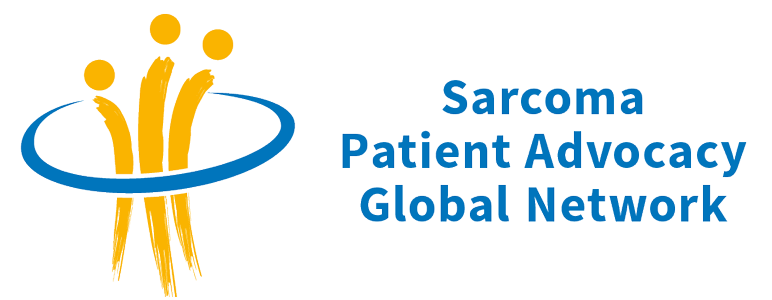Signs and symptoms
Sarcomas are often diagnosed (too) late ? the disease is often quite advanced and/or has already spread to other parts of the body including critical organs (metastatic disease). One reason is that early stage sarcomas lack distinct symptoms that would potentially allow an early diagnosis. Another reason is that sarcomas are often misdiagnosed and treated incorrectly. This gives the tumor time to grow and spread.
The most common site for STS are the extremities (33%), followed by the trunk (14%) and retroperitoneum (19%). A total of 8% of STS occur in the head and neck.
STS are solid tumors and present as a new or growing lump or swelling. The lump may be painless until it creates pressure on nerves or organs. If a tumor is located in the abdomen, it may obstruct and cause bleeding of the bowels or stomach. This can present as abdominal pain and blood in stool or vomit.
Sarcoma should be suspected in the following cases:
- Any lump larger than 2 cm
- Any new lump
- Any lump deep in the body
- Any lump/swelling that grows quickly
- Any deep, big effusion of blood (hematoma)
- Any lump growing at the site of a previously excised lump
General tumor symptoms may include:
- Loss of appetite/ feeling full early
- Weight gain (such as a gain of 10 % of one's body weight without an obvious cause)
- General weakness/decreased performance
- Pain (if the tumor is pressing on a nerve, for example, or surrounding organs)
- High temperature/fever
- Anemia
- Symptoms of gastro-intestinal tumors may include: Feeling full, pain (sharp), bleeding (bloody stool), nausea, constipation
Apart from specific symptoms, sarcomas can be detected in routine checkups for other reasons or as part of following diagnoses: Hematoma, sports injuries, benign tumors (e.g. lipoma, fibroma, leiomyomas) Baker's cysts, and more.
